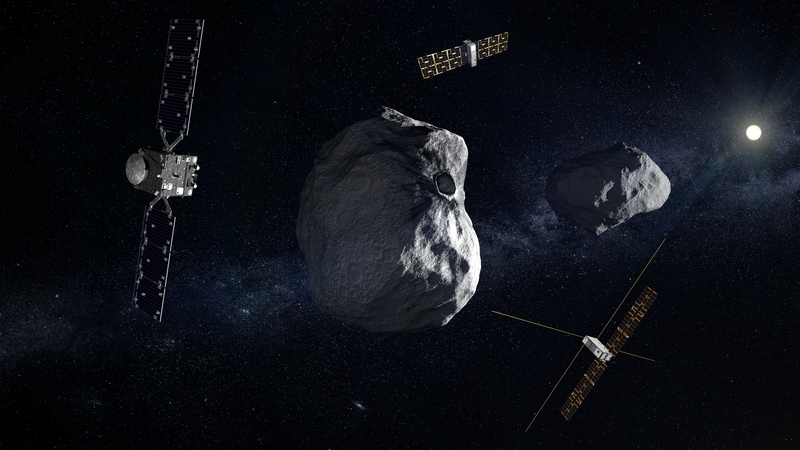Asteroids Near Earth: Should We Be Alarmed?
News about objects passing near Earth frequently makes headlines. However, this should not generally cause alarm. The increasing sensitivity of NEA (Near-Earth Asteroid) surveys inevitably leads to the discovery of more and more objects of various sizes.
Understanding NEA Approaches
Take this example:
- Future Approaches: Between March 20, 2021, and the same date in 2022, only 2 NEAs larger than 20 meters (magnitude 26) were predicted to pass within 5 Earth-Moon distances (5 D_TL).
- Past Approaches: In contrast, 78 NEAs of similar size were observed to have come within this distance in the previous year.
This highlights a key point: detecting small objects when they are far from Earth is very difficult. The sunlight reflected from an asteroid just a few tens of meters wide is nearly undetectable from Earth until the object is close enough.
Small Asteroids and Undetected Approaches
As a result, it is likely that objects the size of a bus may enter and explode in the upper atmosphere without being detected beforehand.
For larger NEAs, the situation improves:
- For NEAs larger than 50 meters (magnitude 24):
- Only 1 approach is predicted in the next year.
- 6 such objects were observed in the past year.
- For NEAs larger than 100 meters:
- 193 approaches are expected in the next 140 years.
- 151 approaches have been observed since the early 20th century.
Are We Prepared?
While current searches are effective (though not yet sufficient) for potentially hazardous objects, they remain limited for smaller bodies. These smaller objects pose a lesser—though not negligible—threat. The effects of atmospheric explosions from objects several tens of meters wide could range from the Chelyabinsk event in 2013 to the Tunguska event in 1908, which destroyed 2,000 km² of Siberian forest.
Upcoming NEA Updates
We will periodically share a list of NEAs with estimated sizes larger than 40 meters that are predicted to approach within 10 Earth-Moon distances (1 D_TL ≈ 3.85 million km) in the next 365 days, based on data from CNEOS-JPL.
Current Outlook
At this time, no object has a probability of impact greater than the background risk (the probability of a previously undiscovered object suddenly appearing on a collision course with Earth) for the next 140 years.
The closest predicted encounter is 99942 Apophis, which will pass at 0.10 D_TL (38,500 km) on April 13, 2029.

Source: CNEOS (JPL)
05/02/2021
